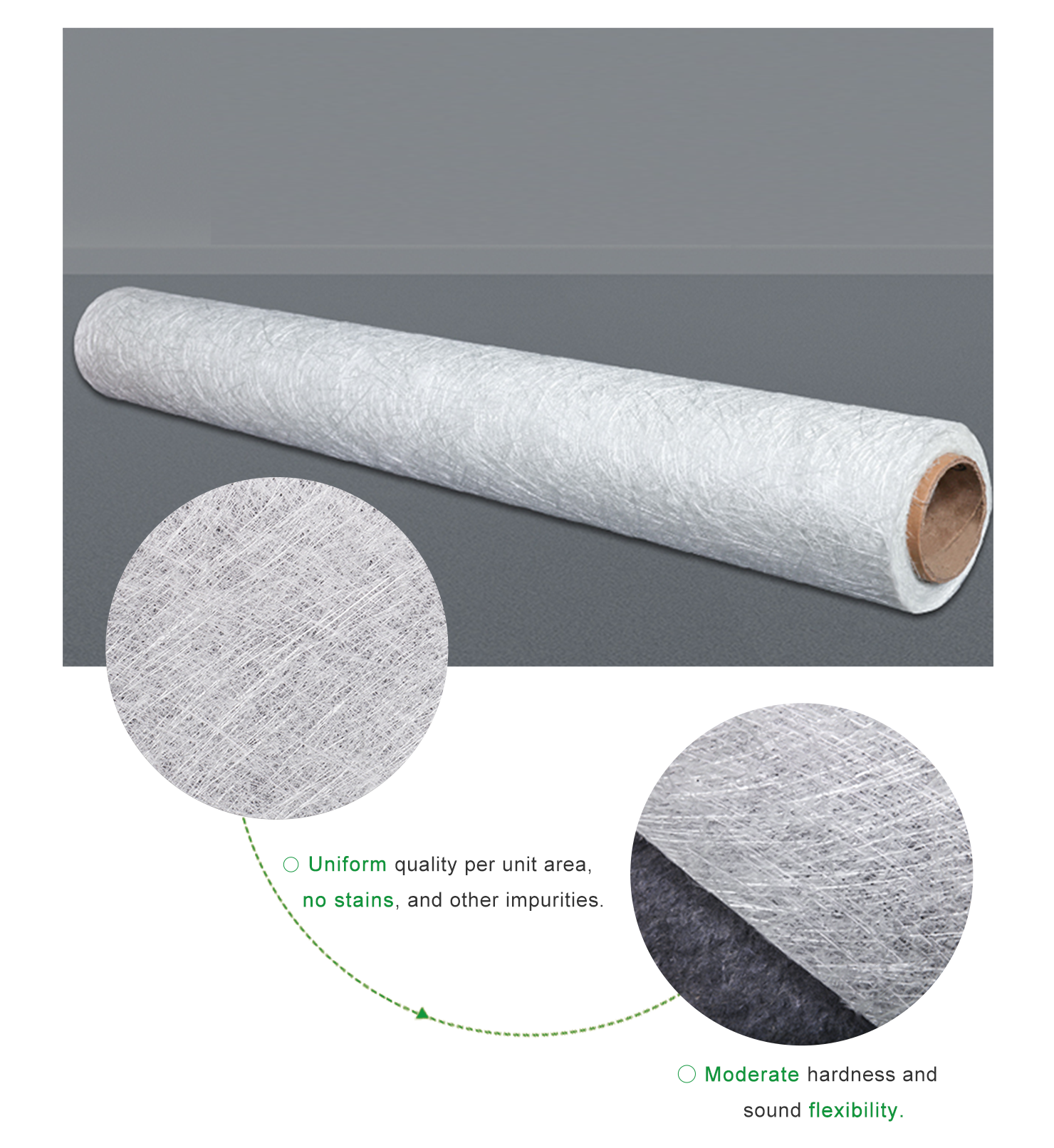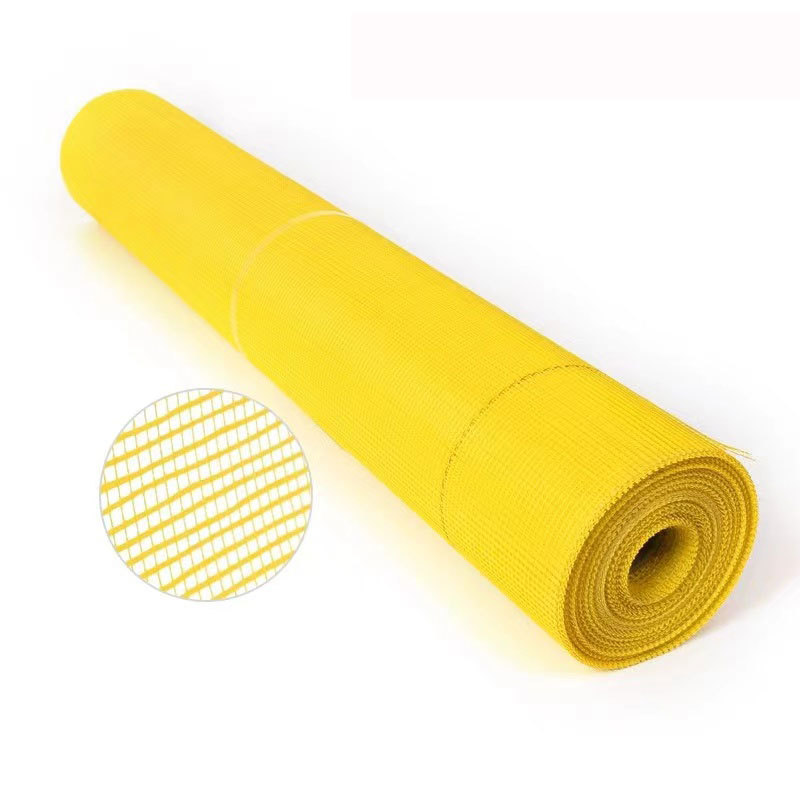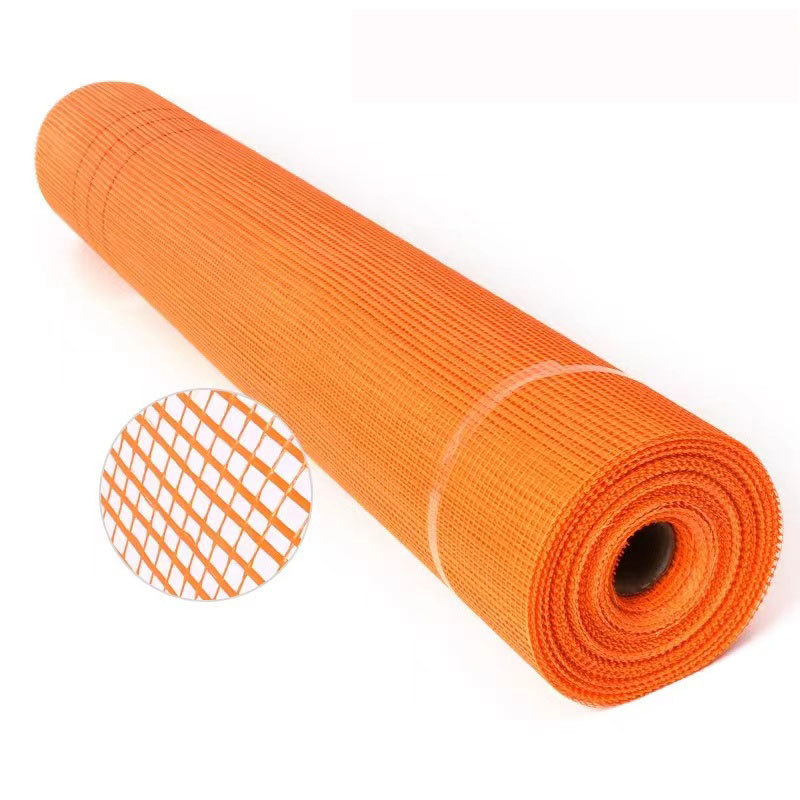Welcome To Hebei Xiongan Hengyun Technology Co., Ltd.
 Esperanto
Esperanto
 Shqiptare
Shqiptare
 Euskara
Euskara
 Zulu
Zulu
 Latinus
Latinus
 Cymraeg
Cymraeg
 தமிழ்
தமிழ்
 Slovak
Slovak
 Slovak
Slovak
 Afrikaans
Afrikaans
Fiberglass Chopped Strand Mat : The Versatile Workhorse of Composite Reinforcement
2025-07-02
Fiberglass Chopped Strand Mat (CSM): The Versatile Workhorse of Composite Reinforcement
Fiberglass Chopped Strand Mat (CSM) is a fundamental and widely utilized reinforcement material within the composites industry. Its simplicity, cost-effectiveness, and adaptability make it indispensable for manufacturing a vast array of fiberglass reinforced plastic (FRP) products, from bathtubs and boat hulls to automotive components and industrial tanks. Unlike woven fabrics or unidirectional rovings, CSM provides a unique isotropic reinforcement profile due to its randomly oriented fibers.
I. Composition and Manufacturing:
-
Glass Melting & Fiber Formation: Raw materials (silica sand, limestone, soda ash, etc.) are melted in a furnace. The molten glass is extruded through fine bushings (spinnerets) to form continuous filaments, typically 10-20 micrometers in diameter.
-
Application of Sizing: Immediately after formation, a chemical coating called "size" is applied. This critical step protects the fragile filaments from abrasion during processing, promotes adhesion between the glass and the resin matrix later, and provides strand integrity.
-
Strand Formation: Multiple filaments are gathered together into a single "strand." For CSM, these strands are relatively coarse compared to those used for woven fabrics.
-
Chopping: The continuous strands are fed into a chopper, which cuts them into short lengths, typically ranging from 25mm (1 inch) to 50mm (2 inches), though 50mm is most common for general-purpose CSM.
-
Mat Formation & Binder Application: The chopped strands are dispersed randomly onto a moving conveyor belt, forming a loose, fluffy web. A liquid binder (almost always a powdered or emulsion-based polyester or vinyl ester resin dissolved in a solvent, or sometimes a PVA emulsion) is sprayed uniformly onto this web.
-
Curing & Consolidation: The binder-laden web passes through an oven, where the solvent evaporates, and the binder resin cures (cross-links), bonding the strands firmly together at their intersection points.
-
Cooling, Trimming & Rolling: The cured mat is cooled, trimmed to the desired width, and rolled onto cores for storage, transport, and use.
II. Key Characteristics and Properties:
-
Random Fiber Orientation: This is CSM's defining feature. The short, chopped strands lie in all directions within the plane of the mat. This results in:
-
Isotropic Reinforcement: Strength properties are roughly equal in all directions within the plane of the laminate. This is highly advantageous for parts experiencing multi-directional stresses or where the primary load direction isn't easily defined.
-
Conformability: CSM drapes exceptionally well over complex curves, contours, and molds, making it ideal for hand lay-up of intricate shapes.
-
-
High Resin Absorption: The loose, open structure of CSM readily absorbs large amounts of resin (typically polyester or vinyl ester). While this creates a resin-rich layer contributing to good corrosion resistance and surface finish, it also means the resulting laminate has a lower glass-to-resin ratio compared to woven or stitched fabrics. This impacts strength-to-weight efficiency.
-
Ease of Wet-Out: During the laminating process (especially hand lay-up or spray-up), the binder dissolves upon contact with the catalyzed resin styrene monomer. This allows the strands to separate easily and become fully saturated ("wetted out") with resin, facilitating air bubble removal and good consolidation. Proper wet-out is crucial for laminate integrity.
-
Laminate Build-Up & Interlaminar Bonding: CSM is excellent for quickly building laminate thickness. The random fiber structure creates a rough surface texture that promotes excellent adhesion between successive layers of laminate, minimizing the risk of delamination.
-
Cost-Effectiveness: The manufacturing process is relatively simple and high-speed, making CSM one of the most economical fiberglass reinforcement options available.
-
Surface Finish: CSM provides a relatively smooth surface finish on the mold side when used as the first layer, suitable for applications like gel-coated boat hulls or bathtubs. However, the surface texture is slightly textured compared to using a surface veil.
III. Common Applications:
-
Marine: Boat hulls, decks, stringers, bulkheads, small craft construction, repairs.
-
Transportation: Truck cabs and panels, recreational vehicle (RV) panels, trailer parts, automotive underbody shields, interior components.
-
Construction & Infrastructure: Bathtubs, shower stalls, vanity tops, translucent roofing panels, septic tanks, water storage tanks, ductwork, pipes.
-
Industrial: Chemical process tanks, fume hoods, scrubbers, grating, ladder components, protective covers.
-
Wind Energy: Often used in combination with other reinforcements in smaller wind turbine blades or root sections.
-
General Fabrication: Repair kits, DIY projects, sculptures, custom molds.
IV. Advantages of CSM:
-
Excellent Conformability: Drapes easily over complex shapes.
-
Isotropic Reinforcement: Good multi-directional strength.
-
High Laminate Build Rate: Quickly achieves desired thickness.
-
Superior Interlaminar Bonding: Creates strong bonds between layers.
-
Ease of Wet-Out (Hand Lay-Up/Spray-Up): Facilitates manual processing.
-
Good Surface Finish (Mold Side): Suitable for cosmetic surfaces with gel coat.
-
Cost-Effective: Economical reinforcement choice.
-
Widely Available: Standard product globally.
Fiberglass Chopped Strand Mat,Binder System,Composite Reinforcement,Resin Absorption
Related news
Fiberglass Mesh Revolutionizes Modern Construction
2025-07-02
Fiberglass Chopped Strand Mat : The Versatile Workhorse of Composite Reinforcement
2025-07-02








